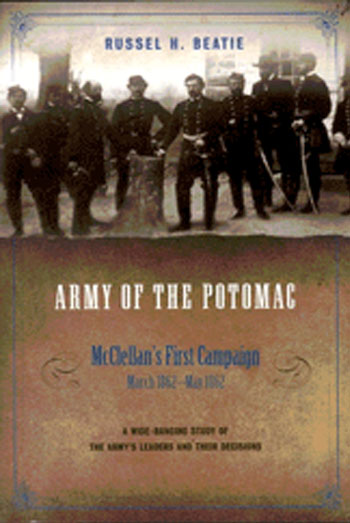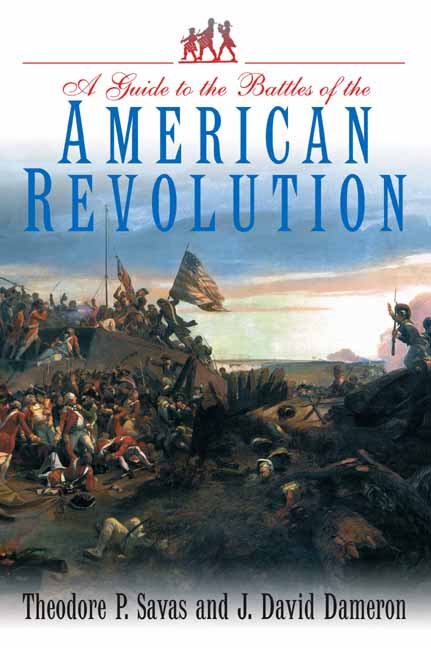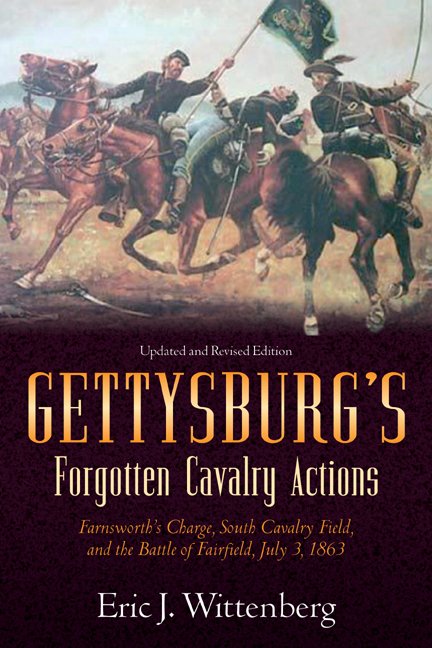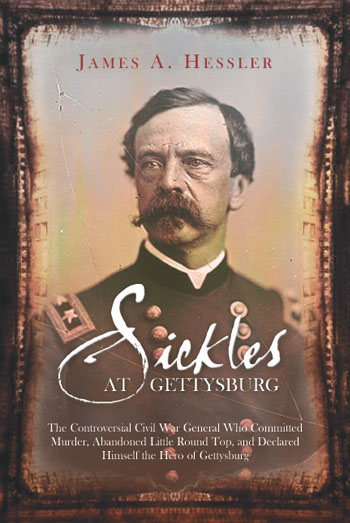Behind the Scenes of a Publishing House with Savas Beatie
 Recently we were able to have a short conversation with the publishing house Savas Beatie. They are an up-and-coming force in the world of Civil War and Military History publishing.
Recently we were able to have a short conversation with the publishing house Savas Beatie. They are an up-and-coming force in the world of Civil War and Military History publishing.
As authors, we receive many questions about how the publishing world works—why are subjects chosen, who chooses them, etc…. Below is a short interview that will not only introduce you to the company, but also the publishing world in general in hopes of giving you a better understanding of the publishing world.
ECW: How did the company Savas Beatie begin?
SB: In 1990, Ted Savas co-founded Savas Woodbury Publishers which later turned into Savas Publishing. In 2001, Savas Publishing was sold to an East Coast publisher. A couple of years later, Ted Savas went into business with Russel Beatie and they opened Savas Beatie LLC.
ECW: What kinds of books does Savas Beatie publish?

SB: We specialize in military history and the American Civil War is the most popular genre that we publish. However we also publish titles in Military Science, the American Revolution, Indian Wars, World Wars, the Napoleonic Wars, Ancient History, and Sports History.
ECW: About how many titles do you publish a year?
SB: It depends. There is no set amount of books that we publish every year. We get manuscript submissions continually and we pick out the best possible manuscripts that we know our readers will enjoy in book form. We strive to publish the very best and quality books as opposed to as many books as we can. We are progressively publishing more books every year as the business expands.
ECW: You are an independent publisher so what are some of the ways you focus Savas Beatie to better compete against all the other books on the shelf?

SB: For starters, let’s establish that bookstore shelves are the worst place sell books! Just walk in a bookstore and take a look around. Thousands of titles, most shelved spine out, and the average author expects people to throng in and yank his book off the shelf. If you aren’t driving people into the store for your book, you won’t sell too many copies that way.
So competing “better,” to use your word, is important. We work hard to sell outside the normal trade channels. For example, we sell foreign language rights, co-editions, special signed editions for various large groups, and so forth. Our goal is always to avoid having to rely on trade sales for success. Let me also mention that authors play a huge role here.
ECW: What are some of your most popular titles?
SB: Some titles include The Complete Gettysburg Guide by J. David Petruzzi and Steven Stanley. Many of our Civil War titles are big hits with our readers, but also Playing with the Enemy by Gary W. Moore and Confessions of a Military Wife by Mollie Gross.
ECW: Several of your Civil War titles have won awards, is that correct?
SB: Yes! Several of our Civil War titles have won recent awards, including Failure in the Saddle which won the Harwell Award. Many of our other Civil War titles have won awards as well including The Complete Gettysburg Guide, Sickles at Gettysburg, and The New American Revolution Handbook. We are very proud to see our books being enjoyed and are also honored to be working with such talented authors.
ECW: Of course winning an award for a book must reflect not only the content of the book but the initial eye-catching layout of the book. When you are designing a book cover, you basically start with a blank canvas. How do you know where to begin?

SB: That’s an interesting question, and you’re right that a book is a package. We create a general theme for the cover which is determined by the theme of the book. We try to find something that jumps off the page — something that catches your eye. Whether it is the title, the color, or the image, it is that “something” that we try to capture with every book design. We find some sort of base art to work from. Usually it is a color painting, a wood cut, or something else from the period of time — something you can use as a foundation for building your presentation. If you have a good designer and we have two — Ian Hughes and Jim Zach, the work flows seamlessly. The problem is when you don’t have something readily to use. Depending on the book, our designer will give 3-4 different looks, and we’ll pick one and go in that direction. Sometimes it can take a dozen looks until we feel close. Sometimes it comes back and it feels good. It just depends on the material. We’ve worked with our designers for so long that they know what we like and dislike. They know the direction we want to go in because we’ve done it so many times.
ECW: And there are other ways of promoting your books beside the eye-catching appeal of the cover. What is the purpose of a book trailer?
SB: The purpose is to inform people about Savas Beatie books. The idea isn’t necessarily to make a sale right away, but rather to educate a person on what the book is or isn’t about and so better inform their buying decision. Book trailers provide a brief but informative look into what each book includes (maps, photos, subject matter, length, and so forth). If it suits a person’s interests it will grab their attention, enlighten them about the book, and hopefully they will remember it and our company. If someone likes one of the book trailers, it is more likely he or she will pass the information on to other people.
 ECW: Why should an author go with a publishing house like Savas Beatie instead of a larger one?
ECW: Why should an author go with a publishing house like Savas Beatie instead of a larger one?
SB: I think my earlier answers swerved into this question a few times. Let me expand on it by listing three good reasons: We publish superior quality books; we have good distribution and a solid reputation in the marketplace; and there is almost no bureaucracy in our company, so each author gets personal attention and is never, ever ignored.
We “craft” our titles. We visualize how a book will look with nothing else but the raw manuscript in hand and then breathe life into it. We spend a lot of time and money on professional covers, editing, outstanding maps, good illustrations, good paper, and good binding—all in a step-by-step process with our authors. Every author and book is important to us, and we represent each one at every major book fair in the world, either personally or through our distributor. And we will not publish something unless we love it.
Click here for more information on the Savas Beatie collection.
manonmona reblogged this on Espacio de MANON.
Thank you for the great interview with our business. We always appreciate the great support. If your readers would like more information about Savas Beatie and our books, please check at http://www.savasbeatie.com.
Savas Beatie LLC
Publisher of Historical Titles of Distinction
http://www.facebook.com/#!/pages/Savas-Beatie-LLC/92556804326
The battle studies these guys print are always top-notch. We’ll be offering a couple previews coming up soon: Little Short on Boats about Ball’s Bluff and The New Gettysburg Campaign Guide about that little town that starts with “G” in south-central PA. 🙂